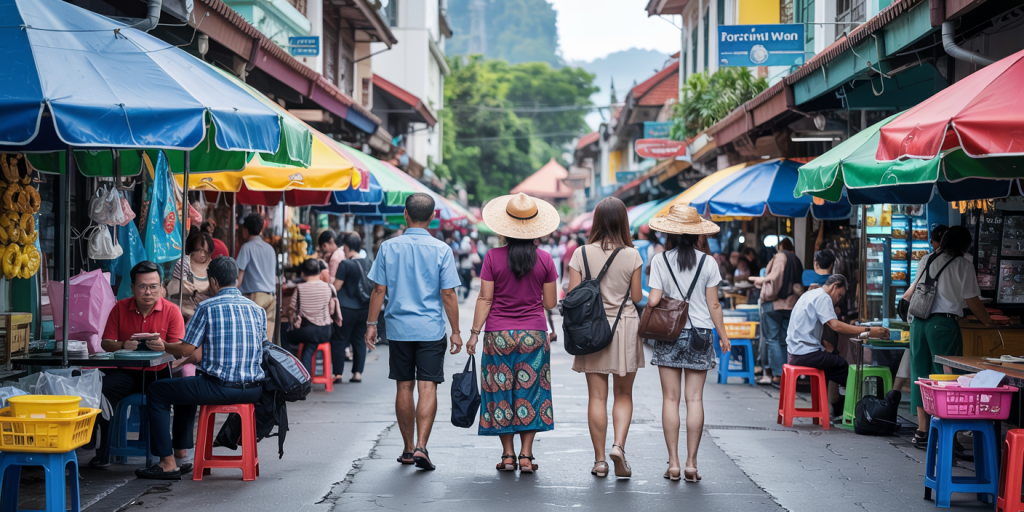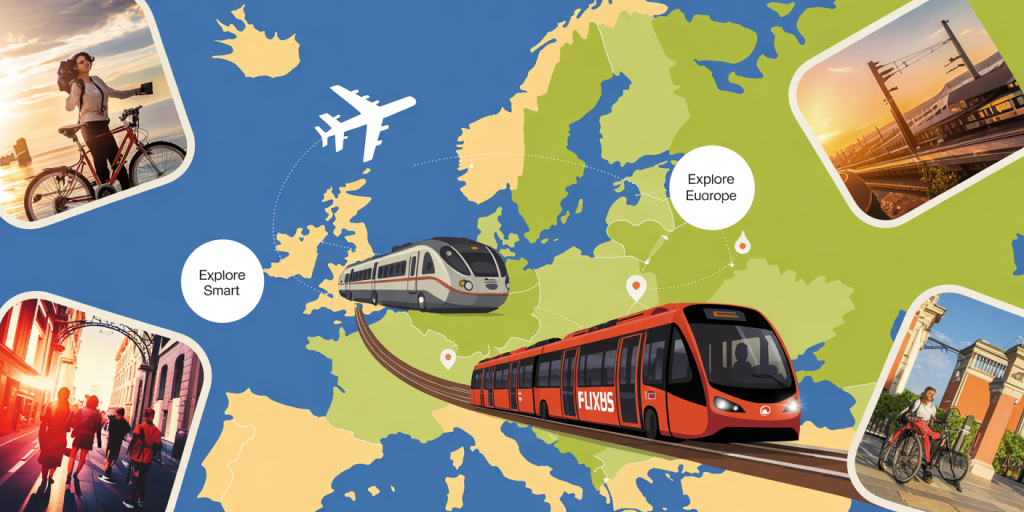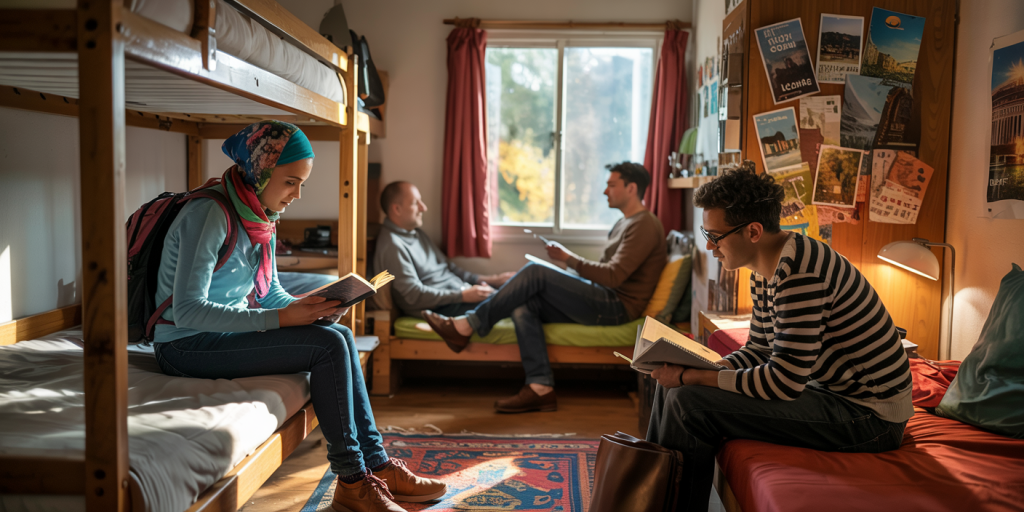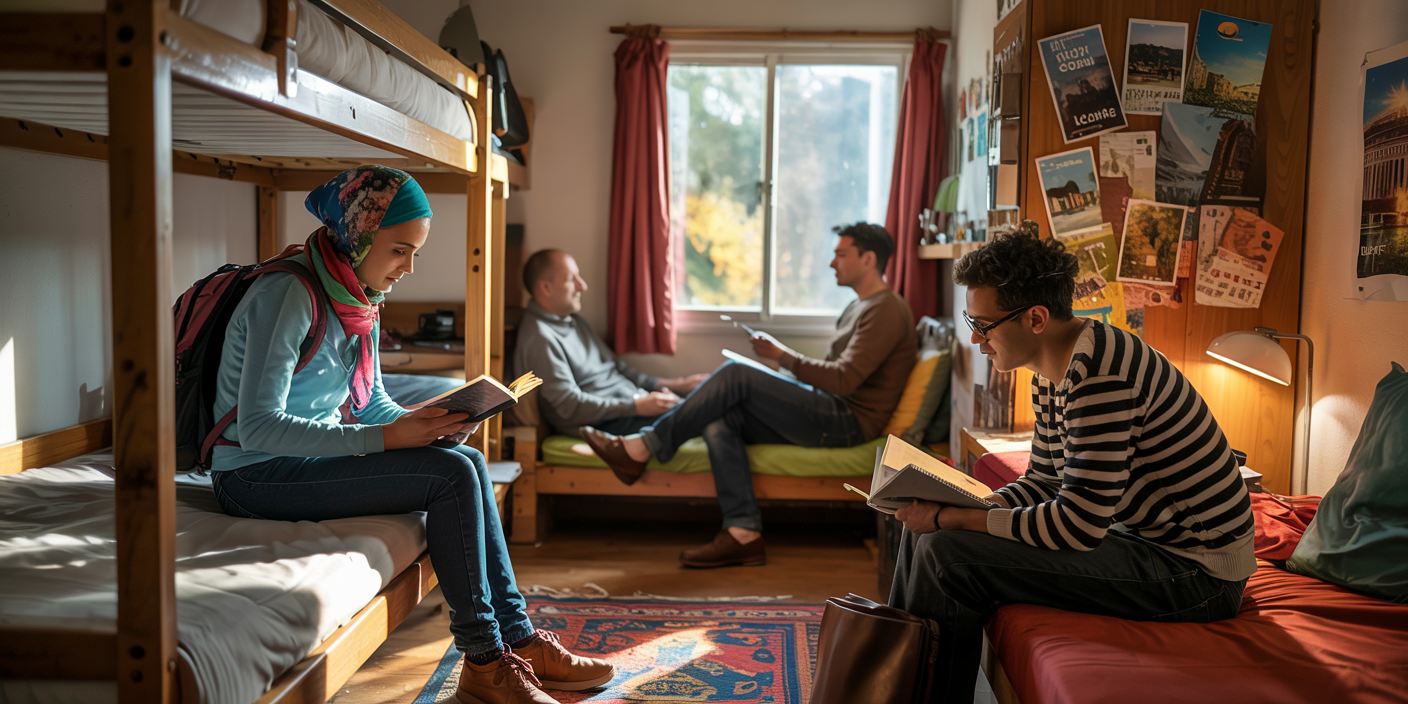How to Travel on a Budget Without Sacrificing Fun
Traveling the world is a dream for many, yet cost concerns frequently hold people back. However, the misconception that budget travel means dull or restrictive experiences is far from the truth. With smart planning, resourceful strategies, and a little flexibility, it is entirely possible to enjoy vibrant, memorable vacations without breaking the bank. This article explores practical tips and proven methods to travel economically while maximizing enjoyment, supported by data, real-world examples, and comparative analyses.
Understanding the True Cost of Travel
When considering travel expenses, many tend to focus solely on transportation and accommodation costs. Yet the overall expense of a trip involves multiple components, including meals, activities, local transportation, and incidental costs such as souvenirs and tips. According to a 2023 survey by Statista, accommodation and airfare together typically account for approximately 60-70% of a traveler’s budget, but food and entertainment can easily comprise 20-30% or more, depending on the destination and type of vacation.
A vivid example comes from budget traveler Lucy of the popular blog “Wanderlust on a Dime.” On a recent two-week trip to Thailand, she spent only $750 on flights by booking early and flying midweek. However, by choosing affordable street food, local markets, and avoiding pricey tourist traps, she kept her daily expenses under $30, allowing her to enjoy cultural tours, snorkeling, and live shows without financial stress.

Understanding these detailed cost components provides a foundation for strategic decision-making. It also helps avoid common pitfalls such as overspending on accommodation and underestimating daily living expenses, thus ensuring a balanced and affordable travel plan.
Choosing Affordable Destinations That Offer Rich Experiences
Not all travel destinations are created equal in terms of cost and experience value. Popular cities like Paris or New York might offer incredible attractions but also have notoriously high prices. In contrast, countries in Southeast Asia, Eastern Europe, and parts of South America are known for their affordability while still offering vibrant cultures, historic sites, and natural wonders.
For instance, Vietnam has become a hotspot for budget-friendly travel. According to Numbeo, the cost of living in Ho Chi Minh City is approximately 60% lower than in London, which translates to cheaper food, lodging, and local transportation. Travelers can rent a scooter for under $10 per day, eat authentic meals for as little as $2, and stay in quality guesthouses for $10-$15 per night. These savings do not mean missing out on fun; the bustling markets, street food tours, and heritage sites provide a deep dive into local life at a fraction of the price.
The table below compares average daily travel costs for popular budget-friendly and high-cost destinations:
| Destination | Average Daily Cost (USD) | Affordable Activities | Notes |
|---|---|---|---|
| Bangkok, Thailand | $40 – $60 | Temple tours, street food, river cruise | High value for money, vibrant |
| Budapest, Hungary | $50 – $70 | Thermal baths, historical walks, markets | Affordable luxury experiences |
| Bali, Indonesia | $30 – $50 | Beaches, yoga retreats, local artisan markets | Can be crowded, off-season cheaper |
| Paris, France | $120 – $180 | Museums, sightseeing, dining | Higher prices but rich culture |
| New York City, USA | $150 – $200 | Broadway, museums, nightlife | Expensive, requires budgeting |
Choosing destinations strategically can multiply the enjoyment derived from each travel dollar spent.
Smart Transportation Choices to Cut Down Costs
Transportation often represents the largest chunk of travel budgets, particularly for international trips. To optimize this, flexibility and technology are key assets. Booking flights several months in advance can reduce costs by up to 30%, according to a 2022 analysis by CheapAir. Also, flying during off-peak days (Tuesdays and Wednesdays) and using flight alert tools like Google Flights or Hopper can help snag deals.
Consider the example of Mark and Jenna, who planned a trip spanning three European countries. Instead of flying between cities, they opted for budget trains and buses using Eurail passes and FlixBus. Not only did they save approximately 40% compared to last-minute flights, but they also enjoyed scenic routes that added excitement to their journey.
Local transportation within cities can also be managed affordably by using public transit, rental bikes, or walking instead of taxis or rideshare services. For instance, in Amsterdam, a three-day public transport pass costs about €19 (roughly $21), which is far cheaper than daily taxi rides and provides ease of access to all major sights.
| Transportation Mode | Cost Estimate (per trip) | Time Efficiency | Remarks |
|---|---|---|---|
| Economy Flight (Advance Booking) | $300 – $500 | Fast | Cheapest when booked early |
| Budget Bus (e.g., FlixBus) | $20 – $60 | Moderate | Slower but scenic and economical |
| Eurail Pass | $150 – $350 (multi-day) | Flexible | Good for multi-destination travel |
| Local Public Transit | $2 – $5 per day | Moderate to fast | Cost-effective city travel |
| Taxi/Rideshare | $15 – $50 (per trip) | Fast | Expensive, avoid if possible |
Balancing speed, cost, and experience enhances overall satisfaction and savings.

Accommodation Hacks That Keep Wallets Happy
Lodging costs eat up a significant portion of the travel budget, but savvy travelers know that staying in high-priced hotels is not the only option. Alternatives such as hostels, vacation rentals, house swaps, and even couchsurfing are excellent ways to save money while enjoying local hospitality.
For example, Airbnb reports that 65% of their users choose shared stays or private rooms instead of entire homes to reduce costs. Another trend gaining traction is “work exchange” programs where travelers work a few hours per day in hostels or farms in return for free lodging and meals. Websites like Workaway and WWOOF connect participants with hosts worldwide, balancing fun cultural immersion with affordable living.

In a comparative look at accommodation options for a 7-night stay, the costs in Lisbon, Portugal illustrate the range clearly:
| Accommodation Type | Cost for 7 Nights (USD) | Amenities Included | Pros | Cons |
|---|---|---|---|---|
| Hostel Dormitory | $70 – $120 | Shared rooms, kitchen access | Social atmosphere, cheap | Less privacy |
| Airbnb Private Room | $120 – $200 | Private room, kitchen | More privacy, local experience | Can be variable quality |
| Budget Hotel | $200 – $350 | Private bath, wifi | Comfort and convenience | Higher cost |
| Couchsurfing | Free | Host interaction | Cost-free, cultural exchange | Reliability varies |
Selecting accommodation based on preferences and budget constraints allows travelers to find a sweet spot between cost-efficiency and comfort.
Maximizing Activities and Dining Without Overspending
Experiencing local culture through activities and food is often the heart of travel. Many travelers mistakenly assume these require major spending, but savvy planning opens up numerous affordable or free options.
Cultural festivals, museum free days, walking tours, and outdoor adventures like hiking or beach days frequently come at low or no cost. In Mexico City, for example, the famous Frida Kahlo Museum offers free admission on Wednesdays, a fact many locals and informed tourists leverage to save money while still enjoying world-class art.
Food is another area ripe for budget-friendly indulgence. Street food markets and family-run eateries often provide authentic, delicious meals at a fraction of the price of tourist restaurants. In a study by the Food and Agriculture Organization (FAO), it was found that street food in many cities can be up to 70% cheaper than dining in sit-down restaurants without sacrificing nutritional value or taste.
For instance, in Istanbul, sampling freshly baked simit (a sesame bread snack) or kebabs from street vendors is inexpensive yet deeply satisfying. Similarly, budget travelers in Barcelona enjoy cheap pintxos bars serving tapas for under €3 per portion.
| Activity Type | Average Cost (USD) | Experience Value | Example |
|---|---|---|---|
| Free Walking Tours | $0 – $10 (tip-based) | Historical, cultural | Sandeman’s New Europe tours |
| Museum Entry | $5 – $15 | Educational, artistic | Louvre (free first Sunday) |
| Outdoor Recreation | Free – $10 | Adventure, nature | Hiking in the Swiss Alps |
| Street Food | $1 – $5 per meal | Authentic, flavorful | Street stalls in Bangkok |
Careful choice and timing of activities combined with local food discovery maximize enjoyment without overspending.
Future Perspectives: The Rise of Budget-Friendly Travel Technologies
Looking ahead, technological advances promise to make budget travel even easier and more accessible. The integration of AI-powered travel apps, dynamic pricing for accommodation and flights, and virtual reality previews of destinations are already transforming the landscape.
One promising development is the growing use of “micro-budget” planning apps that tailor entire itineraries based on a traveler’s budget, interests, and time frame. These apps aggregate data from numerous sources (flights, local transport, dining, tours) and continuously update with the latest deals in real time. For example, apps like “Skyscanner” and “Rome2rio” enhance flexibility, helping users compare all transport options efficiently.
Moreover, sustainability trends are influencing budget travel choices. Increasing numbers of travelers prefer eco-friendly and community-based tourism, which often overlap with low-cost options such as homestays and volunteer tourism. This shift is likely to encourage more governments and businesses to support affordable, meaningful travel models.
In summary, budget travel’s future appears bright, driven by smarter tools and a growing desire to explore responsibly without high costs. By leveraging these innovations and strategies today, travelers can create unforgettable experiences without sacrificing fun or quality.
This article has offered comprehensive insights and practical tips to help travelers explore the world economically while enjoying rich cultural and recreational opportunities. By understanding costs thoroughly, wisely choosing destinations and accommodations, optimizing transportation, and prioritizing authentic experiences, budget travel becomes a gateway to lifelong adventures rather than a limitation.
